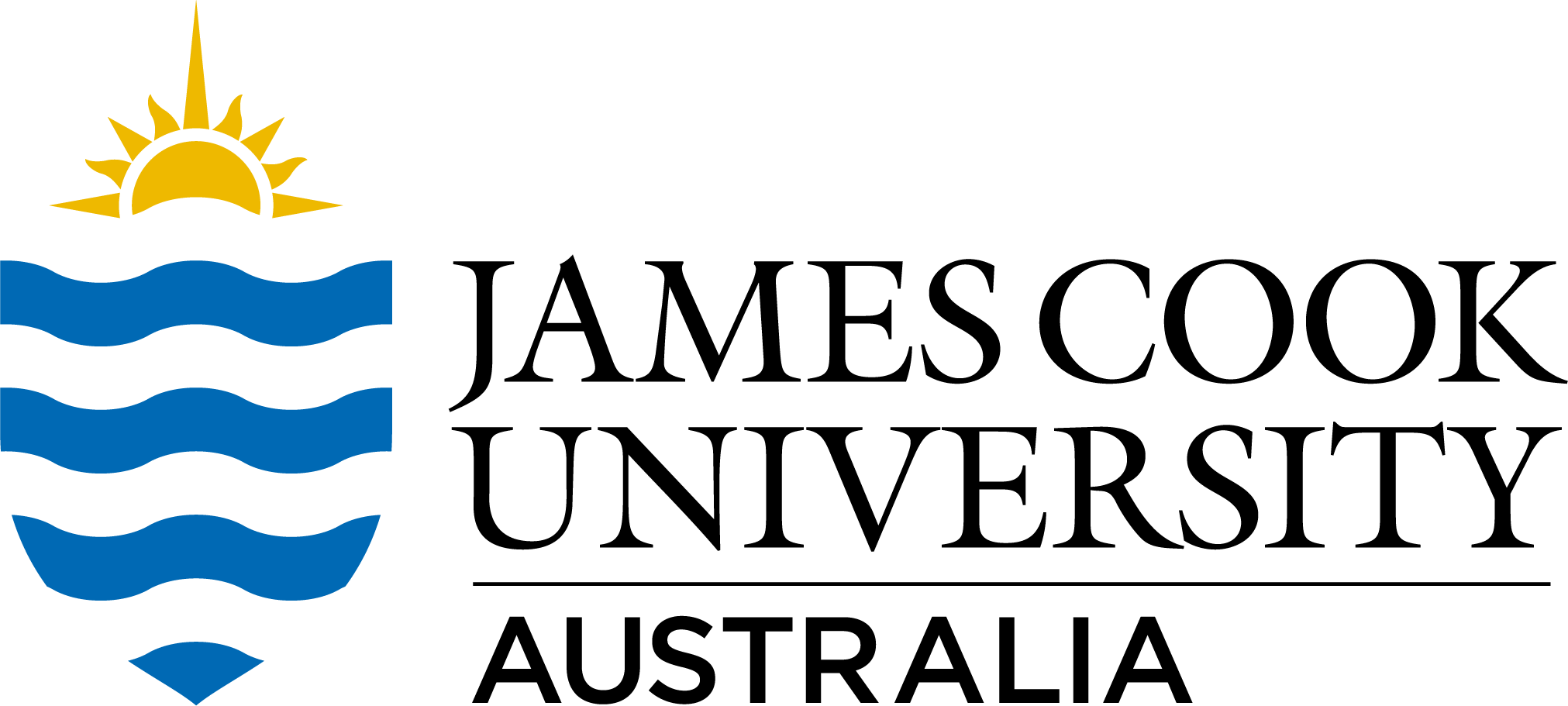Brief description
This data is in open document spreadsheet format. It has been anonymised.
Full description
Method A randomised controlled trial was undertaken in which physiotherapy students were allocated to either the control group, with no additional training, or the intervention group, with two four-hour additional training sessions using a human patient simulator. A self efficacy questionnaire was developed to assess students' self efficacy following traditional training or simulation training. Following the training period, participants commenced clinical placement. They were assessed weekly with the APP for six weeks to determine their clinical performance. Correlation was undertaken between self efficacy and pre-clinical cardiorespiratory academic performance, and self efficacy and cardiorespiratory clinical performance. Between group analysis was undertaken to determine whether participants who had additional training either: a. scored higher on clinical performance b. became competent one week earlier than those without additional training, or c. whether those who had a pass grade (50−64.99%) for their pre-clinical cardiorespiratory subjects improved more with additional simulation training. Results Participants who had two additional four-hour simulation training sessions did not have improved performance when assessed weekly on clinical placement and did not reach competence one week earlier. Those students with a pass grade did not have improved performance with simulation training. Self efficacy had a moderate correlation with pre-clinical performance. Those students with no additional training had a positive correlation between self efficacy and clinical performance in a number of areas over a number of different weeks, but mainly in the area of performing treatment. Those students with additional simulation training had negative correlations in the area of written communication and performing treatment. It appears that the simulation training may have improved students' self efficacy but not their clinical performance. It was not possible to see whether self efficacy changed following the simulation training due to the lack of student responses prior to attending simulation training. Conclusion This research demonstrates that simulation training performed in this manner did not improve clinical performance. However, it may have had an effect on self efficacy. This is an important finding given the importance of self efficacy for a person's use of their skills and knowledge. This research highlights the need to develop evidence based education to determine when and how simulation may be best used in physiotherapy, and particularly in cardiorespiratory physiotherapy.
Notes
This thesis aims to compare traditional training with traditional training plus an additional eight hours of simulation training in the area of cardiorespiratory physiotherapy. The primary outcome measure was improved clinical performance as assessed using the Assessment of Physiotherapy Practice (APP), a standardised physiotherapy clinical assessment tool. Self efficacy was also measured to determine whether it correlated to pre-clinical academic performance or clinical performance, and thus whether it changed following the simulation intervention.
Created: 2012-11-05
Data time period: 2007
text: Queensland, Australia
User Contributed Tags
Login to tag this record with meaningful keywords to make it easier to discover
- Local : researchdata.jcu.edu.au//published/cdc4fa8f5b93db603ad815d47c241210
- Local : jcu.edu.au/tdh/collection/02a3c0d9-2cf8-4ed8-a6fd-db509660cbf4
- Local : 28a91c159751d6a3ed540707dab3ce38


